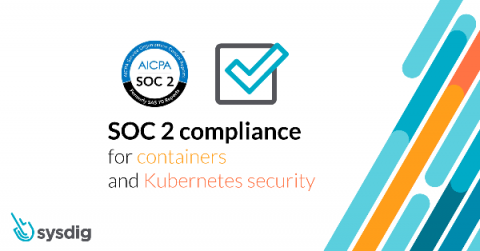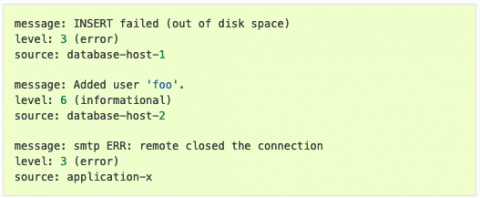What is FedRAMP? Compliance and certification explained
The Federal Risk and Authorization Management Program (FedRAMP) is a compliance program established by the US government that sets a baseline for cloud products and services regarding their approach to authorization, security assessment, and continuous monitoring.








